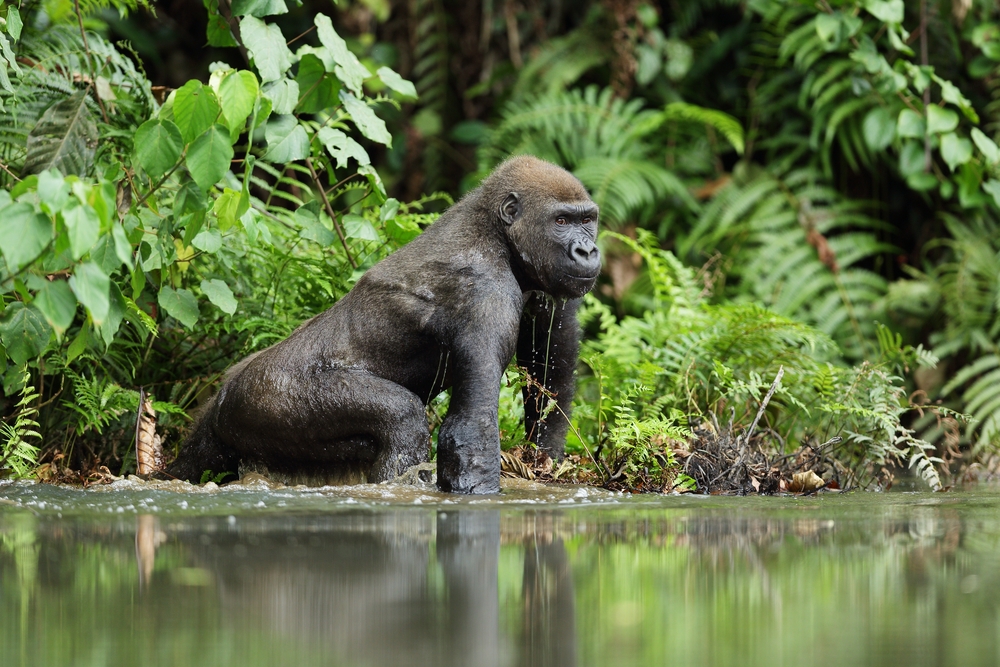Loango Overview
Loango National Park, often referred to as “Africa’s Last Eden,” is located on the western coast of Gabon, encompassing an area of approximately 1,550 square kilometers (600 square miles). This park is part of the larger Ogooué Maritime province and is celebrated for its extraordinary biodiversity and unique ecosystems. Established as a national park in 2002, as part of Gabon’s ambitious initiative to conserve its natural heritage, Loango is a mosaic of pristine habitats, including savannahs, lagoons, mangroves, and rainforests that stretch all the way to the unspoiled beaches of the Atlantic Ocean.
Loango National Park is renowned for its remarkable wildlife, including forest elephants, hippos, gorillas, and leopards, which can be observed in their natural habitats. It is one of the few places on Earth where you can witness elephants and buffaloes roaming the beaches, a truly unique spectacle. The park’s coastal waters and lagoons are also home to an abundance of marine life, including humpback whales, dolphins, and leatherback turtles, particularly during their respective migration and nesting seasons.
The park’s rich avian life attracts bird watchers from around the world, with over 200 species of birds recorded, making it a vital area for bird conservation. The diverse landscapes of Loango National Park also provide a haven for a variety of plant species, some of which are endemic to the region.
Loango National Park offers visitors a wide range of eco-tourism activities, including safari drives, guided rainforest walks, canoe trips through the mangroves, sport fishing, and whale-watching tours. Its commitment to conservation, combined with community engagement and sustainable tourism practices, ensures the protection of its unique ecosystems and the wildlife that inhabits them.
Loango National Park stands as a testament to Gabon’s dedication to preserving its natural environment, offering a sanctuary for wildlife and an unparalleled experience for nature lovers seeking the untouched beauty of Africa.
Park Map
Loango National Park Highlights
Engaging Loango
Sources
- Atlas Obscura, Loango National Park, https://www.atlasobscura.com/places/loango-national-park, retrieved March 2024.
- Gabon Wilife, Loango National Park, https://gabonwildlifecamps.com/gabon-parks-camps/loango-national-park/, retrieved March 2024.
- Lonely Planet, Loango National Park, https://www.lonelyplanet.com/gabon/southern-gabon/loango-national-park, retrieved March 2024.













































































